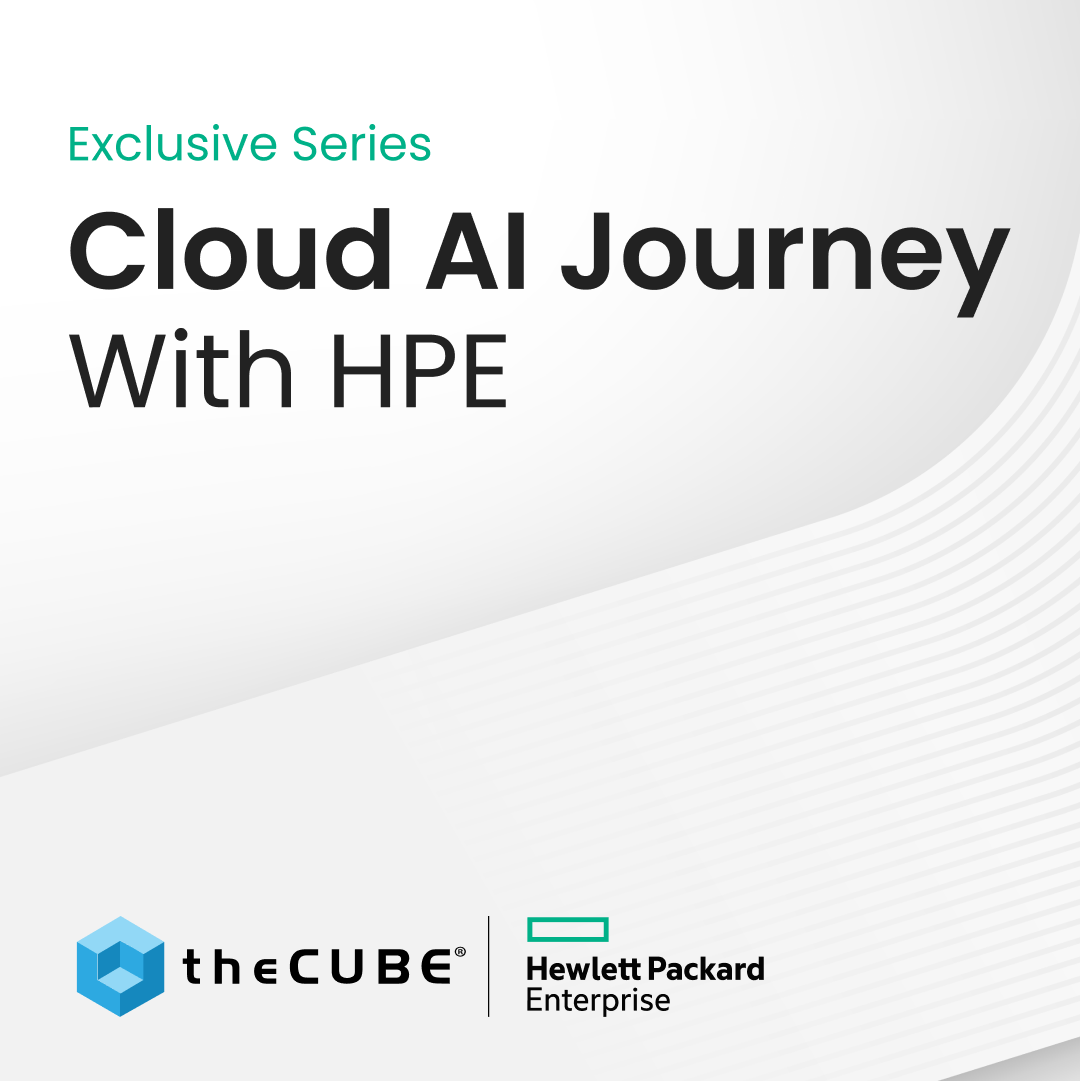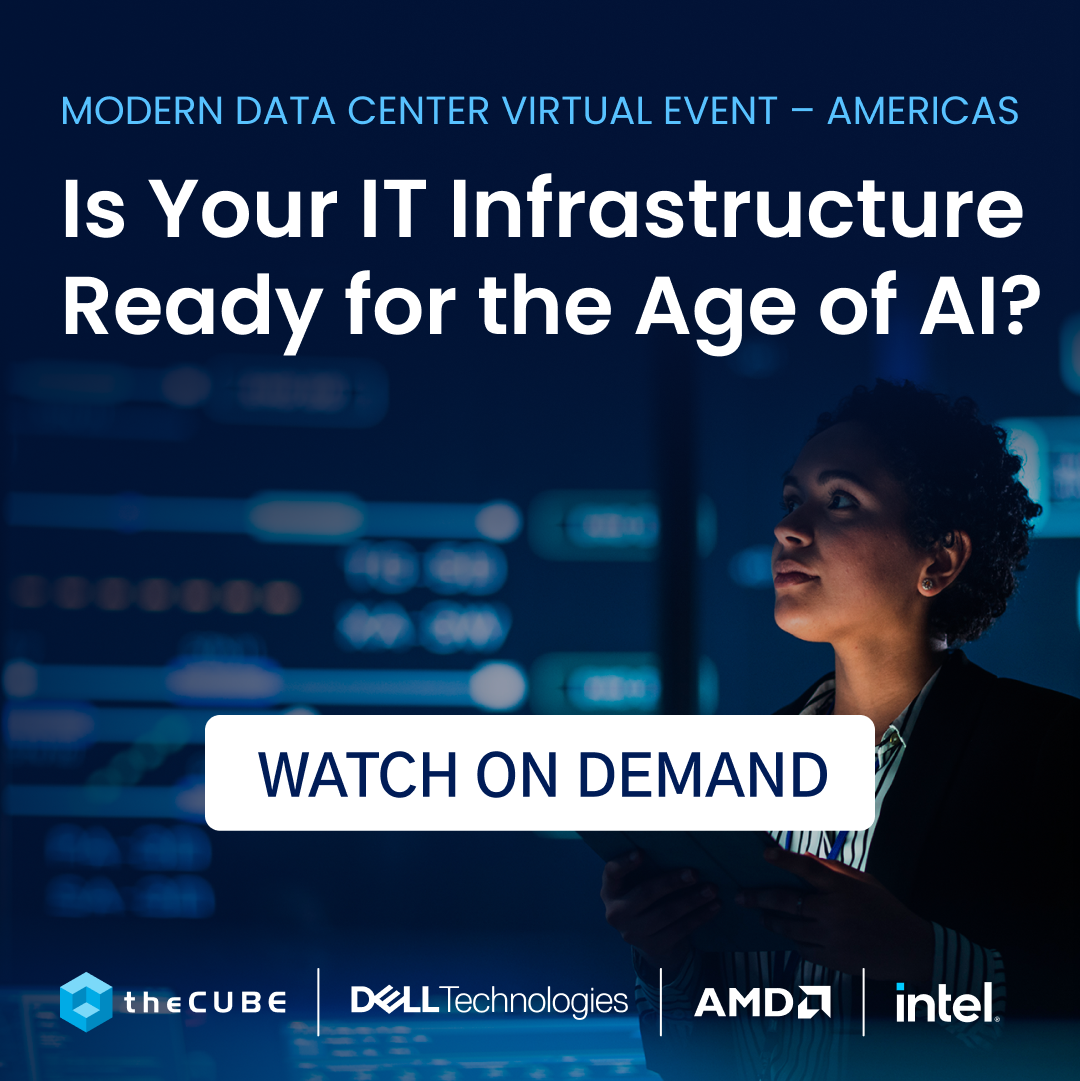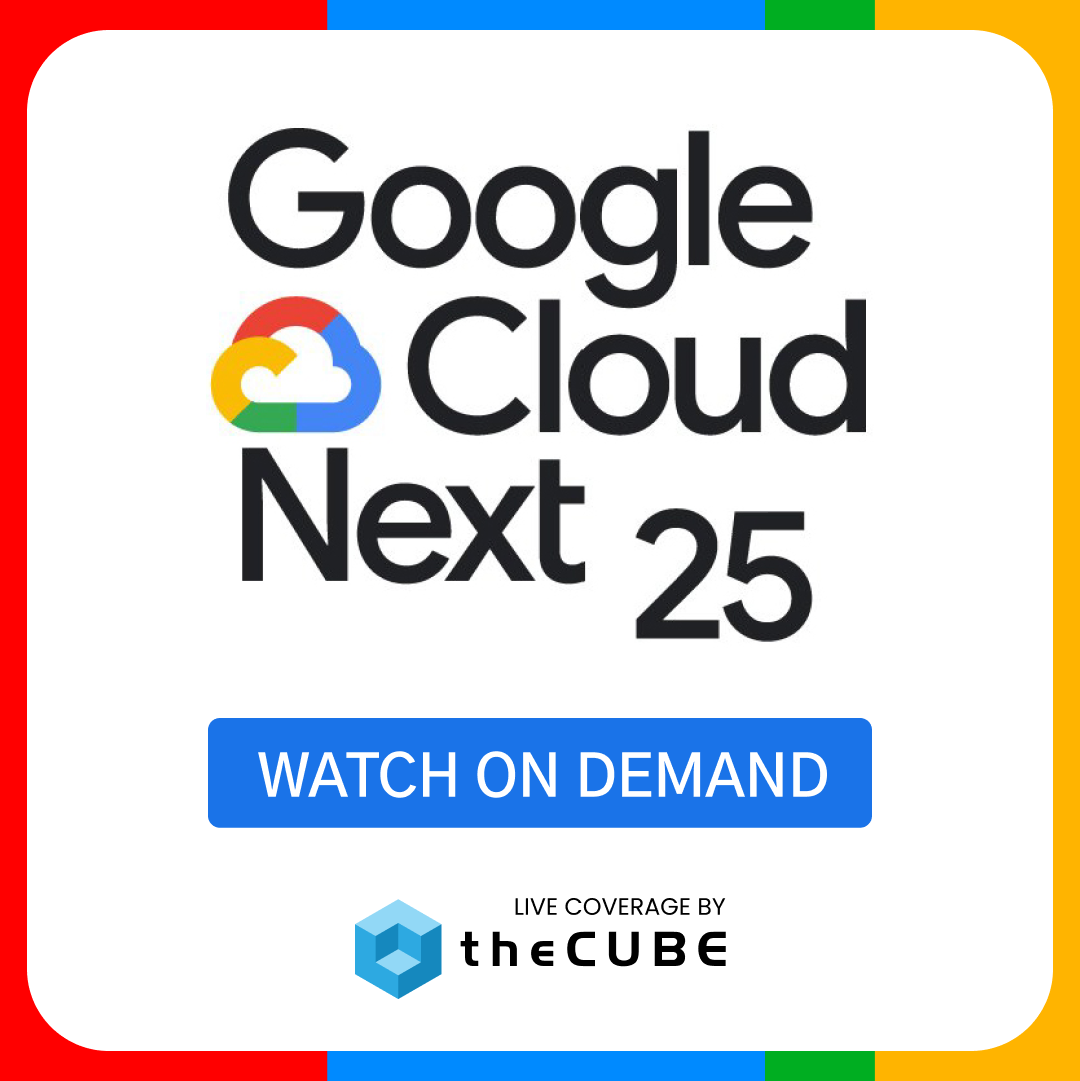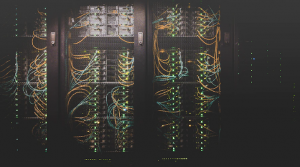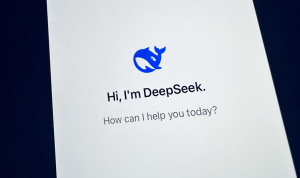DevOps Your Way To The Future of Big Data and Storage with #theCube and Eddie Satterly of Splunk
The idea of DevOps is quite a new thing for organizations. The promising feature to decrease high-stress and high-risk involving multiples teams for application release is what companies are closely looking into. The system gives developers more environment control and putting more application-centric touch. In a nutshell, DevOps is a fusion of the following branches: software engineering, quality assurance and technology operations. One of the many successful stories that come out of software development, Chief Big Data Evangelist at Splunk, Eddie Satterly sat down with SiliconANGLE.com’s John Furrier and Jeff Kelley for a hefty discussion on Big Data, storage and databases, Cassandra and the future of DevOps.
Borne out of the budding analytics industry, Splunk has been the reliable partners of IT departments in universities and enterprise or government network in combating cyber threats. The technology works like an intelligence body that harnesses big data to create patterns and predict cyber attacks. But aside from this software, the discussion of tech movers touched the topic of Cassandra—an open source DBMS. Satterly was recently hailed as one of the champions of educating individuals with massively scalable NoSQL database. He was chosen to partake on DataStax MVP Program for Apache Cassandra. This has given him the opportunity to write articles and whitepapers, speak with press, analysts and industry thought-leaders, to present both online in webinars and at key events, to blog as an official MVP and many more. He now holds a global distinction in the field of big data. The exposures he got from the program have opened a variety of doors for him following his successful stint with Expedia and other Fortune 500 Companies, mainly focusing on emerging technologies and innovations.
Going back to the early part of the conversation, Satterly has already positioned Splunk’s superiority in terms of having real-time components process data and transactions. During the discussion, he mentioned Cassandra being used on the backend and people want to have access to recent data and they want it now in the form of a dashboard or quick look. Initially developed and released by Facebook in 2008, Cassandra was abandoned by the top social networking site to built Facebook Messaging platform on HBase. The main features of the database management system include decentralization, multi-datacenter replication support, scalability, fault-free, tunable consistency and more. It carries good approaches to replication and partitioning, right out the box. IBM, Cisco, Netflix, RackSpace, Formspring, Twitter, SoundCloud are among the prominent users of Cassandra.
Midpoint of the discussion, Kelley threw questions on virtualization and if Splunk is competing with other data sources such as Cassandra. Satterly shared how Splunk uses different databases,
“We were able to use those storage engines on the backend and visualize directly with all the same query language, all the computational, frames, different charts and tables that you have available right there,” Satterly explains, “—that whole approach is making much easier for people whether they store their stuff in HDFS for longer storage or they’re okay with waiting minutes, days, hours, how long it takes to run that query and return it in the UI and backend so it can populate a dashboard when someone logs in everyday.
“They’ve got to redo their jobs and populates their month-over-month or year-over-year or whatever happens from a summary of data perspective. Or, whether its knowing what happened in the last few minutes and pulling it directly from Splunk or knowing what happened in the last 45 to 90 days and we’re pulling that out of Cassandra or whatever data stores out there.
“The whole point is to be able to visualize that together and enrich the data that’s coming directly from the servers into Splunk, enrich it with data from transactional backing stores which is what I did with the previous company with Cassandra.”
When you talk about analytics and storage, these will all point us to the focal point that is Big Data. In one of the Q&A’s between Furrier and Satterly, the former asked, Furrier: “How do you make it easier for the modern day data scientist? What does the marketplace look like?” The Big Data guy was keen in saying that Developers are more and more critical to getting things done; there aren’t a lot of experts. It’s good to see how it’s evolving; but the other side is analysts who have no technical chops and they need the data from a business perspective.
As the interview nears closing the next wave of how storage and analytics will respond to cloud, social and mobile data centers will be tackled, Cassandra and DevOps surfaced. Asked about the small but very interesting community of DevOps and its future, the seasoned Slatterly responded:
“You really need the developers to understand how their stuff is running in production especially with these new solutions that rely so heavily on code to be deployed to even work,” Satterly says. “They have to be intimately involved in that. I think it’s gonna do nothing but yet more prevalent and more days we are gonna have to move to that direction just to be able to keep up with the velocity of release that you have to have, the expectations of the customers to have 6 millisecond response.
“They’re not okay with a second, they need milliseconds, under 10 milliseconds. You can’t get that without having your developers involved in operations and understanding how customers are using their code.”
A message from John Furrier, co-founder of SiliconANGLE:
Your vote of support is important to us and it helps us keep the content FREE.
One click below supports our mission to provide free, deep, and relevant content.
Join our community on YouTube
Join the community that includes more than 15,000 #CubeAlumni experts, including Amazon.com CEO Andy Jassy, Dell Technologies founder and CEO Michael Dell, Intel CEO Pat Gelsinger, and many more luminaries and experts.
THANK YOU

